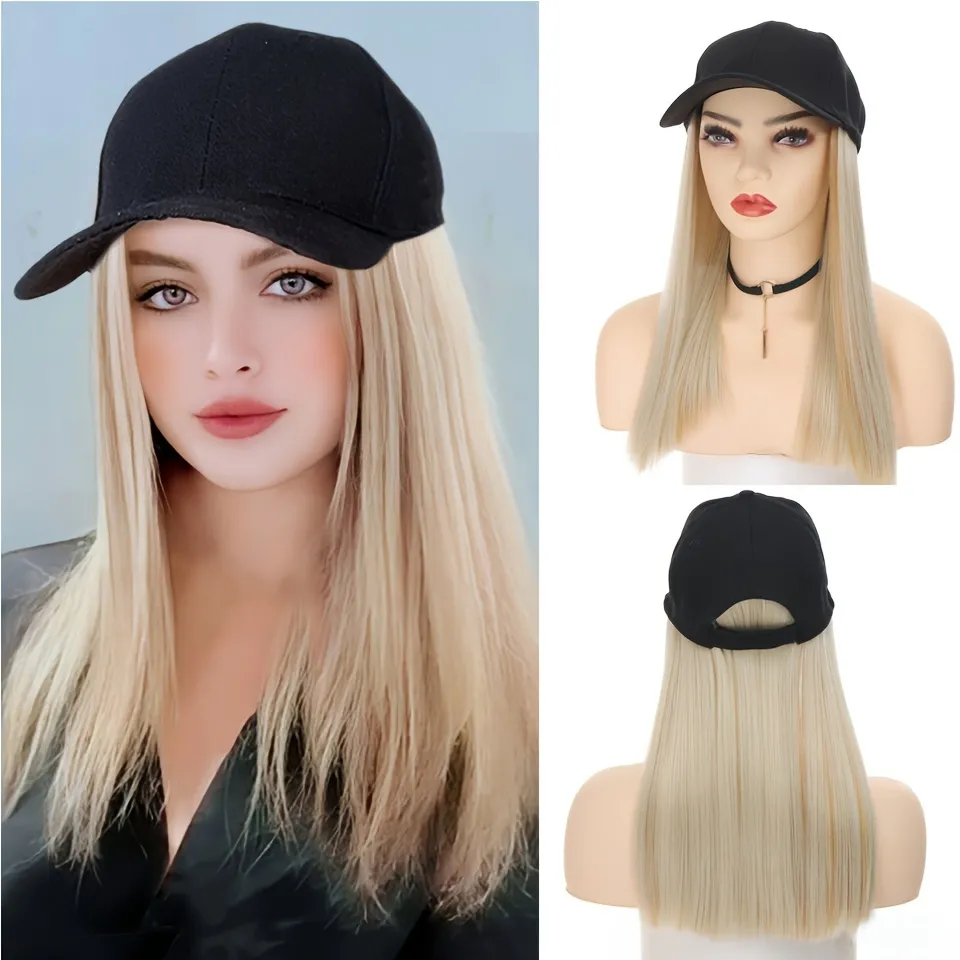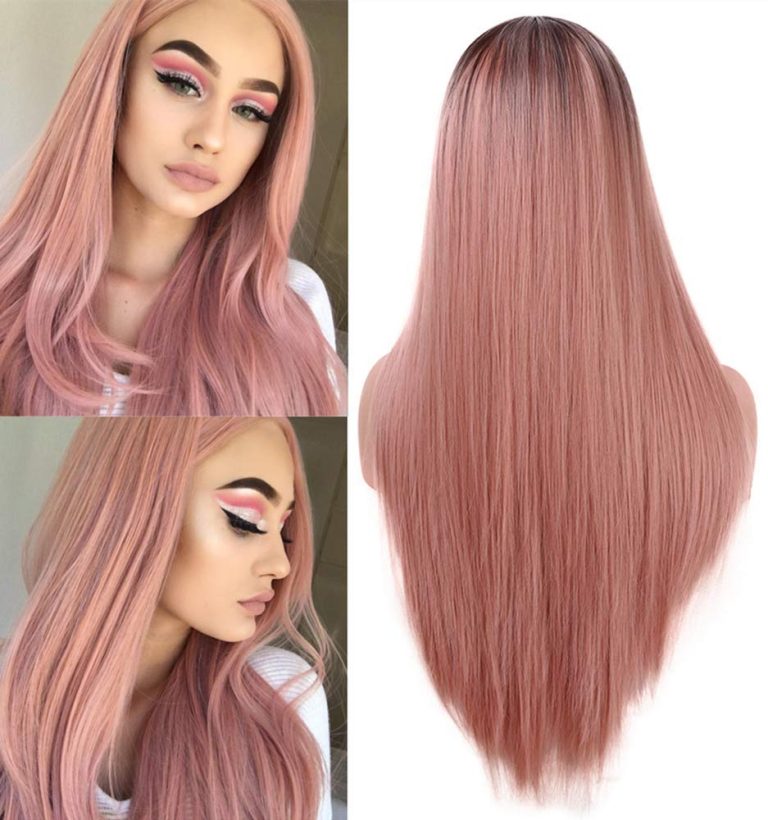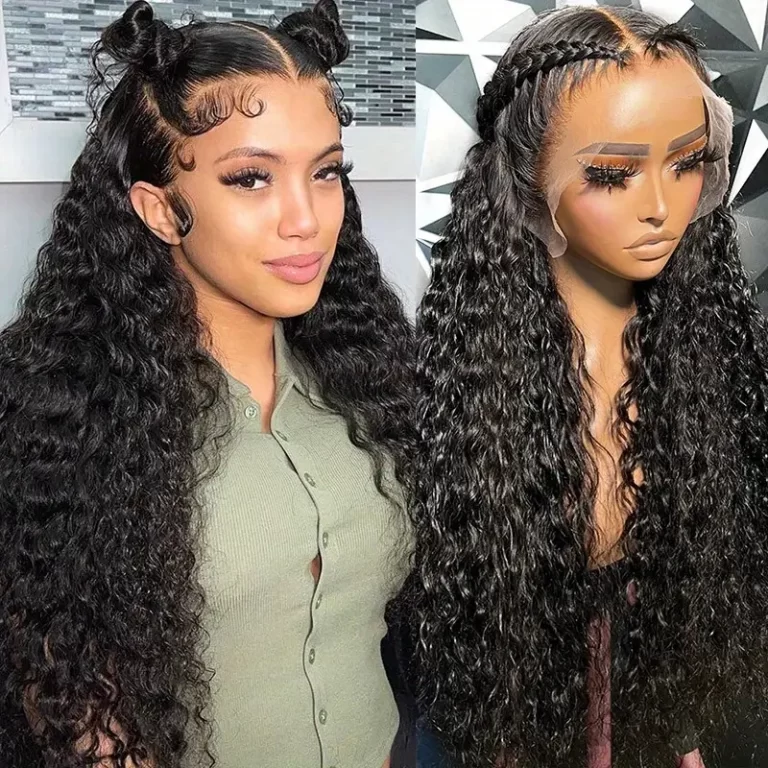
Wig Types
Unlocking Endless Transformations: Exploring the Versatile World of Wig Types
Wigs reign supreme as masterful styling chameleons in the world of hairpieces and extensions. These innovative hair coverings deliver total aesthetic transformations without altering one’s biological mane. Wigs grant coveted colors, textures, lengths, and styles on a whim. With premium fibers and ingenious constructions, the possibilities for self-expression prove limitless.
Whether seeking a temporary style revival or permanent reinvention, wig artistry opens creative gateways. Top manufacturers continually expand techniques and wig types to satisfy every aesthetic need. Delve into the different varieties shaping this empowering hairpiece evolution.
Hair Fiber Compositions
The foundation of every luxurious wig lies in its hair fiber makeup. Hair units incorporate strands composed of synthetic fibers or ethically-sourced human hair cuticles. Each material delivers distinct advantages catering to unique desires and care routines:
Synthetic Fiber Wigs
Modern synthetic wigs mimic natural hair’s radiance and fluidity unlike ever before. Their fibers utilize specialized heat-defying polymers designed for thermal styling versatility. Lower-maintenance synthetics dominate trend-focused, ready-to-wear wig collections.
• Key Benefits: Unbeatable affordability, effortless heat-styling, zero shedding
• Ideal Uses: Bold color experiments, instant trendsetting looks, easy wash-and-wear changes
• Drawbacks: Limited lifespan versus human hair, minimal customization abilities
Human Hair Wigs
Premium human hair wigs integrate 100% cuticle-preserved Remy strands for uncompromised realism. Remy hair maintains the outer cuticle direction, delivering optimum smoothness, condition, and longevity without matting or tangling.
• Key Benefits: Virtually indistinguishable from biological hair, custom color capabilities, extensive lifespan
• Ideal Uses: Long-term investment pieces mimicking real hair growth and movement
• Drawbacks: Premium pricing, heat vulnerability compared to synthetics
Construction Methods
Raw hair strands alone don’t complete a flawless natural-looking hairpiece. Skilled labor and advanced machinery turn bundled hair into meticulously-crafted wig caps simulating scalp appearance. Different wig cap constructions cater to unique styling needs and hair loss levels:
Basic Cap Wigs
Most affordable wigs feature polyurethane or mesh cap bases using conventional machine wefting. Strands get sewn in rows along the breathable, micro-perforated caps. Basic cap wigs suit individuals seeking versatile daily styling abilities without severe hair loss.
Lace Front Wigs
Along the front hairline area, finely knitted lace mesh bases generate natural scalp replication. Individual strands get hand-tied and sewn in sections directly onto the fragile lace for an invisible, natural-looking front. This discreet-yet-resilient construction allows off-the-face styling.
Full Lace Wigs
Achieving ultimate styling flexibility, full lace wig caps contain 100% mesh lace bases. Strands get individually knotted along every inch of the lace crown for boundless parting and styling versatility. Full lace grants effortless, multi-directional volume and movement replicating biological growth patterns.
Full lace wigs offer a natural and realistic appearance, allowing for versatile styling options such as parting the hair in any direction. This provides a seamless and undetectable hairline, making it difficult to distinguish from natural hair. The versatility of full lace wigs enables wearers to experiment with various hairstyles, including updos and ponytails, without exposing the wig’s base.
Additionally, the entire scalp area of the wig is covered with lace, providing breathability and comfort. The lace material allows for the skin to breathe, reducing heat and moisture buildup, ensuring a comfortable and secure fit. The benefits of full lace wigs extend to their durability and longevity, as they can be styled and maintained with the same care as natural hair.

Medically-Graded Systems
Individuals with extensive hair loss or scalp conditions turn to state-of-the-art hair systems and cranial prostheses. Advanced designs utilize ultra-thin breathable mesh caps. Each strand gets meticulously ventilated and hand-knotted into the skin-mimicking base for a natural simulation.
Levels of Customization
From budget-friendly ready-to-wear pieces to bespoke signature designs, the wig industry spans multiple customization levels. Each tier balances convenience against intricately handcrafted precision:
Ready-to-Wear (RWG) Collections
These stocked units represent the most affordable, accessible wig options. Major brands manufacture pre-styled synthetic wigs and basic human hair wigs in limited standard colors and densities. Simple adjustments customize cap sizes and trimming needs.
Semi-Customized Wigs
Upon selecting a base design, consultations determine tweaks to length, density, color application, and styling techniques. Skilled customizers handcraft the desired look using root tints, highlight foils, texturizing, and precision cuts.
Fully Hand-Tied Custom Units
At the pinnacle of artistry reside fully customized hair pieces painstakingly handcrafted in their entirety. Specialists consult extensively on color nuances, textures, length ratios and densities desired. Strand-by-strand knotting and ventilating techniques achieve seamless, natural-looking masterpieces scaled to each profile.
Specialty Certifications
While brick-and-mortar wig studios offer expertise, online virtual specialists garner global accessibility and industry resources. Top online providers with accredited certifications include:
• Wigs.com – Extensive catalog covering all types, private-label brands
• Follea – Specializing in European hair topper and full wig hairstyling systems
• Godsilk – Curating human hair and advanced lace pieces inclusive of men’s systems
• Headcurve – Artisan HD lace front and 360 wig innovation
• Divatress – Budget-friendly yet runway-inspired synthetic wig styles

Wig Care Essentials
Premium wigs represent significant investments requiring comprehensive care knowledge. Leading specialists provide consultations advising on:
• Wig-specific shampoos and conditioners
• Safe heat styling parameters
• Techniques for brushing and detangling
• Tips on hydrating treatments and storage
• Guidance on cutting, coloring, and styling pieces
Most full-service salons offer wig maintenance services as well. Regular trims and customizations keep units refreshed and revitalized over time.
From ultra-natural simulations to edgy, fashion-forward styles, the world’s top manufacturers continually advance wig craftsmanship. Premium fibers and innovative cap constructions unlock unlimited looks catering to individual needs and tastes. Guided by wig artisans and specialists, clients transform seamlessly into their ultimate hair ambassadors.
Conclusion
Understanding different wig types provides individuals with a range of options tailored to their specific needs and preferences. Whether opting for a lace front wig, full lace wig, synthetic wig, or human hair wig, each type offers unique benefits and characteristics. Lace front wigs provide a natural hairline and versatility, while full lace wigs offer seamless styling options and breathability.
Synthetic wigs are low-maintenance and come in a variety of styles and colors, making them an affordable and convenient choice. On the other hand, human hair wigs offer the most natural look and can be styled just like real hair. By recognizing the distinctive features of each wig type, individuals can make informed decisions based on factors such as comfort, durability, styling options, and budget. Ultimately, the availability of diverse wig types empowers individuals to express their creativity, enhance their appearance, and cater to their specific lifestyle and aesthetic preferences with confidence.



